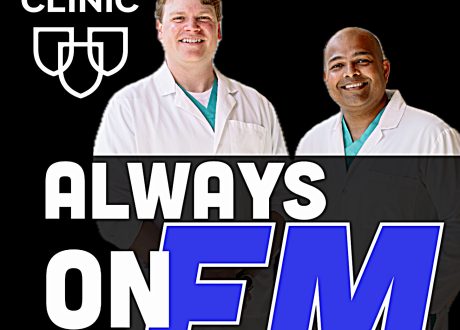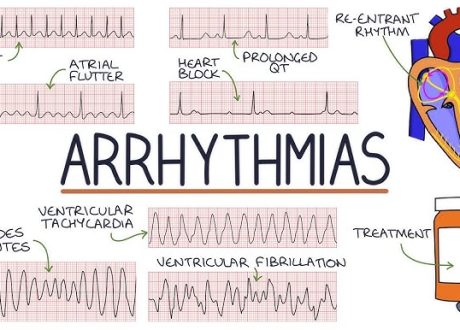April 12, 2024
Written by Laura Murphy
![]()
This systematic review was conducted to answer the clinical question: Is there a superior parenteral medication or combination of medications for acute management of adult out-of-hospital or emergency department patients with severe agitation? These recommendations do not apply to pediatric, elderly (>65 years), pregnant, or out-of-hospital patients. For these groups, additional studies are needed given unique risk profiles.
When “You need to calm down” won’t work…
Patients presenting with severe agitation have high morbidity and mortality. Verbal deescalation and oral or sublingual medications are, of course, preferable initial approaches. However, when these are ineffective, parenteral medications are indicated to treat agitation in order to calm the patient and create a safe environment for patients and staff to allow safe and prompt evaluation and treatment of serious underlying medical problem. Obviously, treatment of underlying medical problem leading to agitation is of paramount importance. Literature on this topic is fairly heterogeneous, and more studies are needed to compare specific medications and to standardize dosing.
The current body of evidence suggests that the most effective combination of parenteral medications is droperidol and midazolam. Studies demonstrate that droperidol is likely the superior antipsychotic, though this is not always available. Atypical antipsychotics, such as olanzapine, appear to have a more favorable profile than other traditional antipsychotics such as haloperidol. When it comes to benzodiazepines, midazolam has a more rapid onset than lorazepam. While time to sedation is similar for midazolam, droperidol, and olanzapine, antipsychotics are preferred if a single agent is to be used, as benzodiazepines have more adverse effects and require more rescue medication administration.
Ketamine likely provides faster and more reliable management of agitation, though there are concerns surrounding risk of laryngospasm, hypersalivation, respiratory and hemodynamic compromise, and emergence phenomena. Unfortunately, due to lack of high-quality studies of ketamine for treatment of agitation, it is difficult to develop formal recommendations surrounding use of this medication for severe agitation. However, it remains a viable option for treatment of agitation in the ED, particularly when safety of the patient and staff call for more rapid and effective treatment of agitation. Initiation of monitoring for hemodynamic respiratory compromise is recommended as soon as the situation safely allows.
How will this change my practice?
Unfortunately, droperidol is not readily available at the main hospital where I work; I am still reaching for a combination of antipsychotic and benzodiazepine as first-line treatment, so that is unlikely to change. I will continue to advocate for availability of droperidol and look out for additional studies surrounding safety and efficacy of ketamine use for severe agitation.
Source
Clinical Policy: Critical Issues in the Evaluation and Management of Adult Out-of-Hospital or Emergency Department Patients Presenting With Severe Agitation: Approved by the ACEP Board of Directors, October 6, 2023. Ann Emerg Med. 2024 Jan;83(1):e1-e30. doi: 10.1016/j.annemergmed.2023.09.010. PMID: 38105109.










